
Natural fibers
We work to revalue the value chain of natural fibers from Patagonia and the Andes, for a more ethical, transparent, and inclusive fashion industry.
We invite you to learn more about the fibers in our collection.
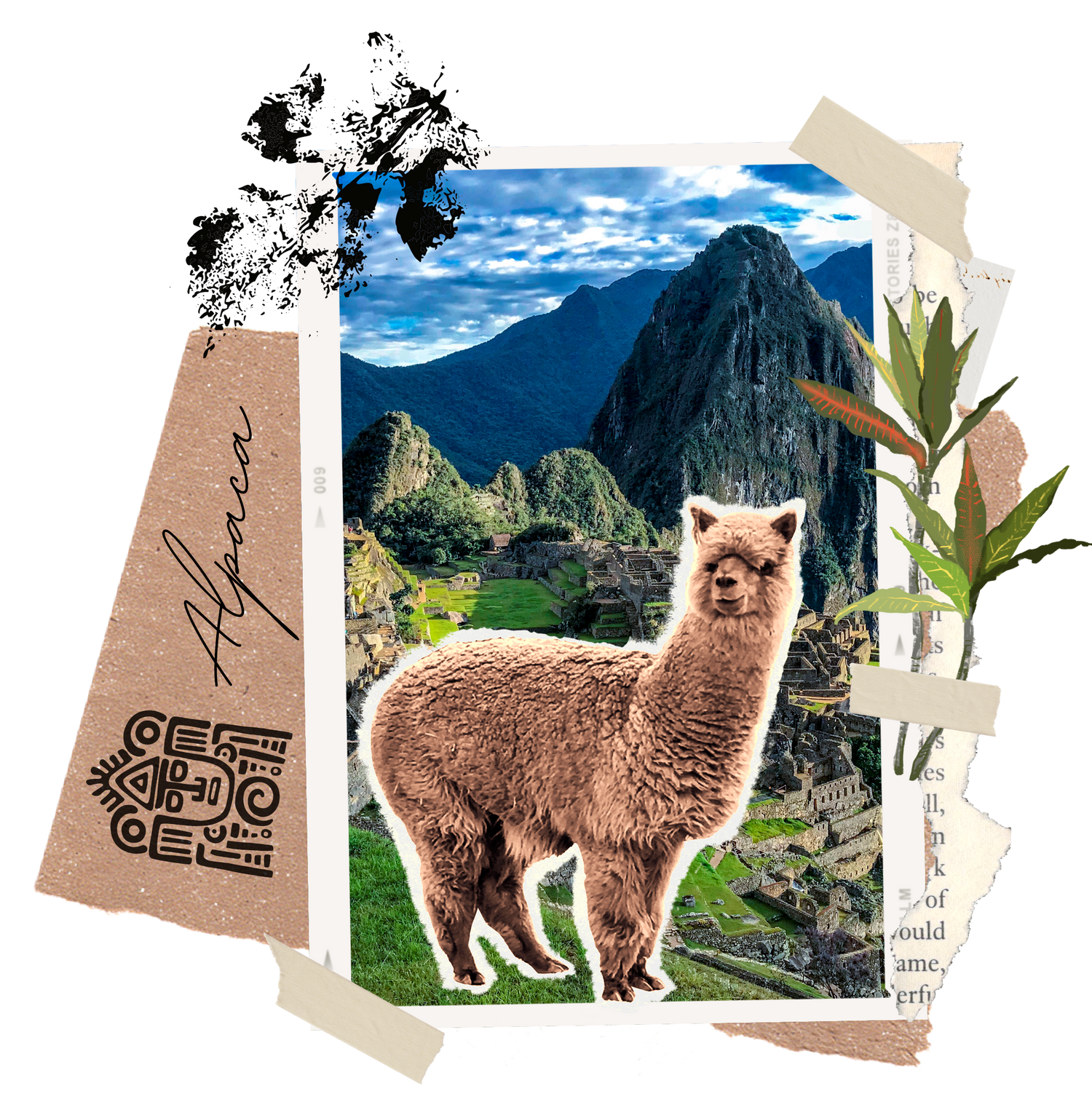
ALPACA
The alpaca (Lama Pacos) is a member of the South American camelid family and is closely related to llamas, guanacos, and vicuñas. They are native to the Peruvian Andes, where they were domesticated thousands of years ago. Currently, there are an estimated 3.5 to 4 million alpacas in South America; 95% of these are found primarily in the southern regions of Peru.
They are raised at altitudes ranging from 3,500 to over 4,500 meters above sea level, where they can naturally withstand temperatures ranging from -20°C to 30°C thanks to their fine fur.
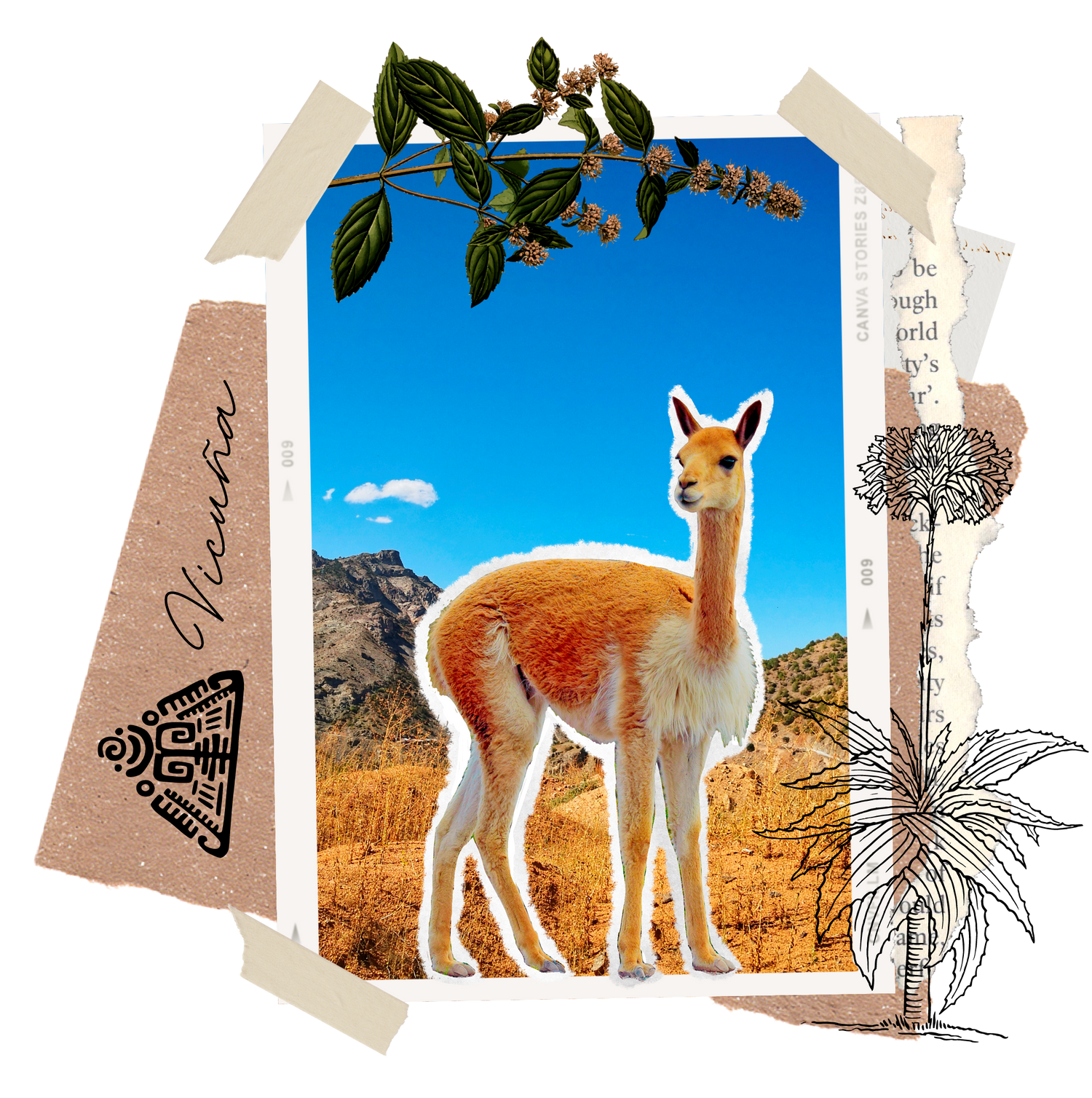
VICUÑA
It is the smallest of the four South American camelids. It lives in the Andean plains, at 4,000 meters above sea level. Its natural distribution extends from Ecuador to northern Chile and Argentina. It is sheared once a year in a ceremony called Chaku. This is a respectful practice to obtain and protect a highly prized and essential resource for Andean cultures. The territorial and social stability of the vicuña is a reflection of the balance of the ecosystem it inhabits. Unlike the southern guanaco, the vicuña does not suffer severe seasonal climate changes that force it to abandon its territories and feeds on local grasses.
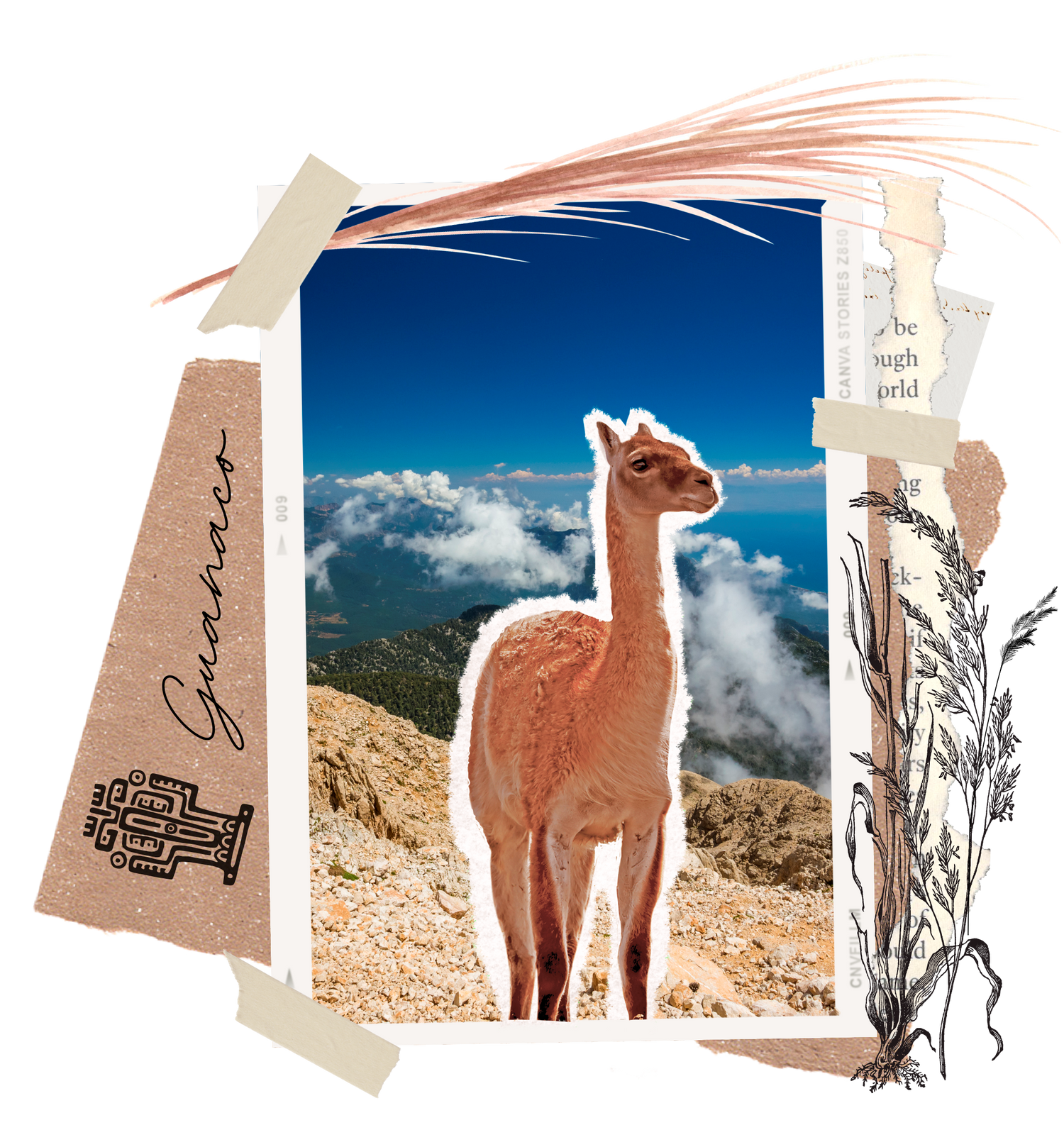
GUANACO
Its range extends across the Andes mountain range, from northern Peru to Tierra del Fuego, including Patagonia, Argentina, where 95% of the total population is found. Like the vicuña, it is a wild species, so shearing must be done carefully to avoid stressing the animals. Finer than cashmere, this fiber is brown, woolly, thick, and short. Shearing is done once a year, during the warmer months, from November to January. The use of its fine fur is very similar to that of the vicuña and is usually hand-spun to create unique handcrafted pieces.
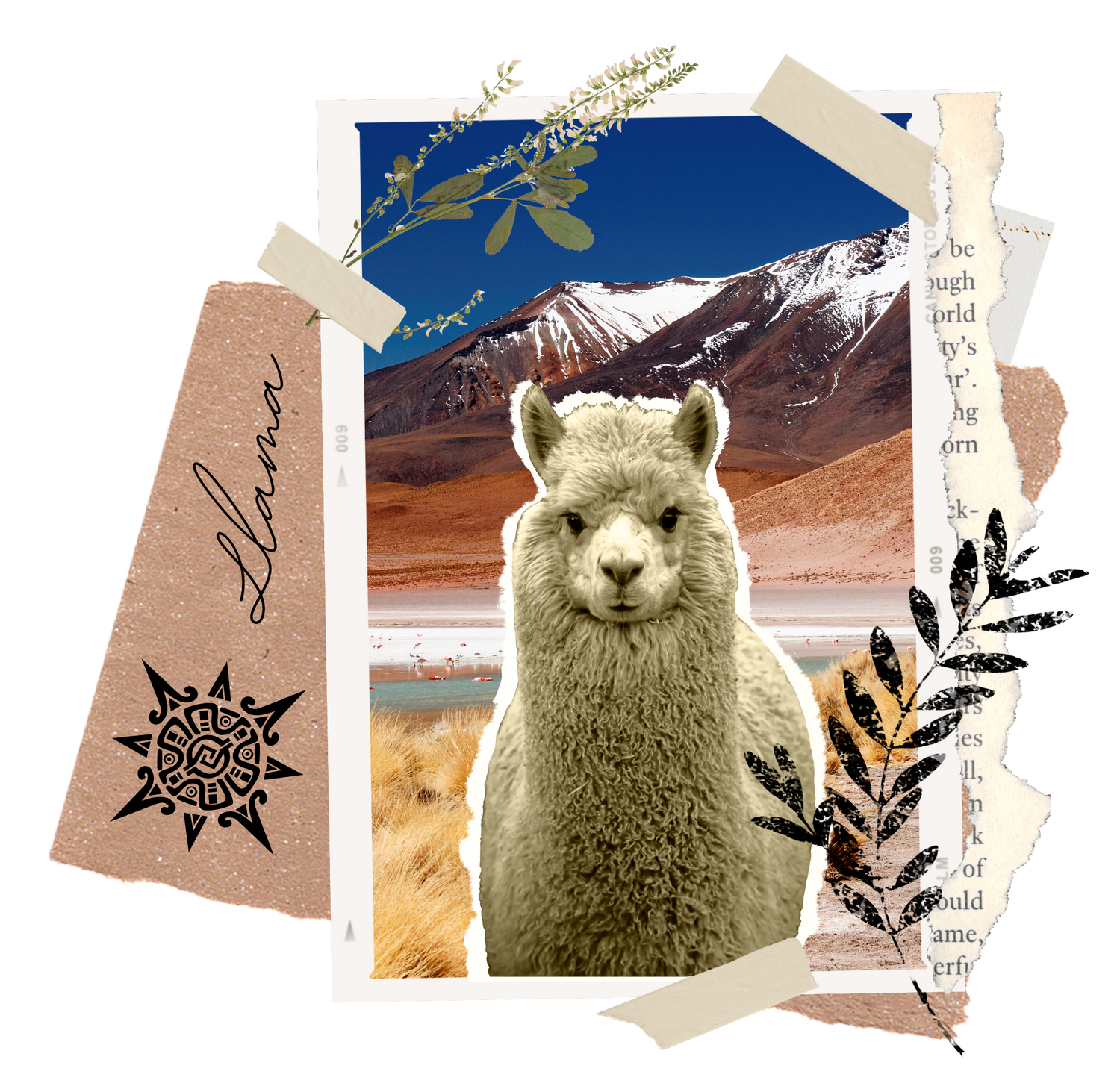
CALLS
Like the alpaca, it is a domesticated species that inhabits the South American Andes. It is characterized by the quality of its fiber: very strong, durable, and easy to wash. It offers a wide range of natural colors and can also be dyed with a variety of natural dyes. It is sheared annually so that the fiber can be processed and spun manually, both by hand and industrially. It is characterized by its very warm fiber, ideal for creating warm garments.
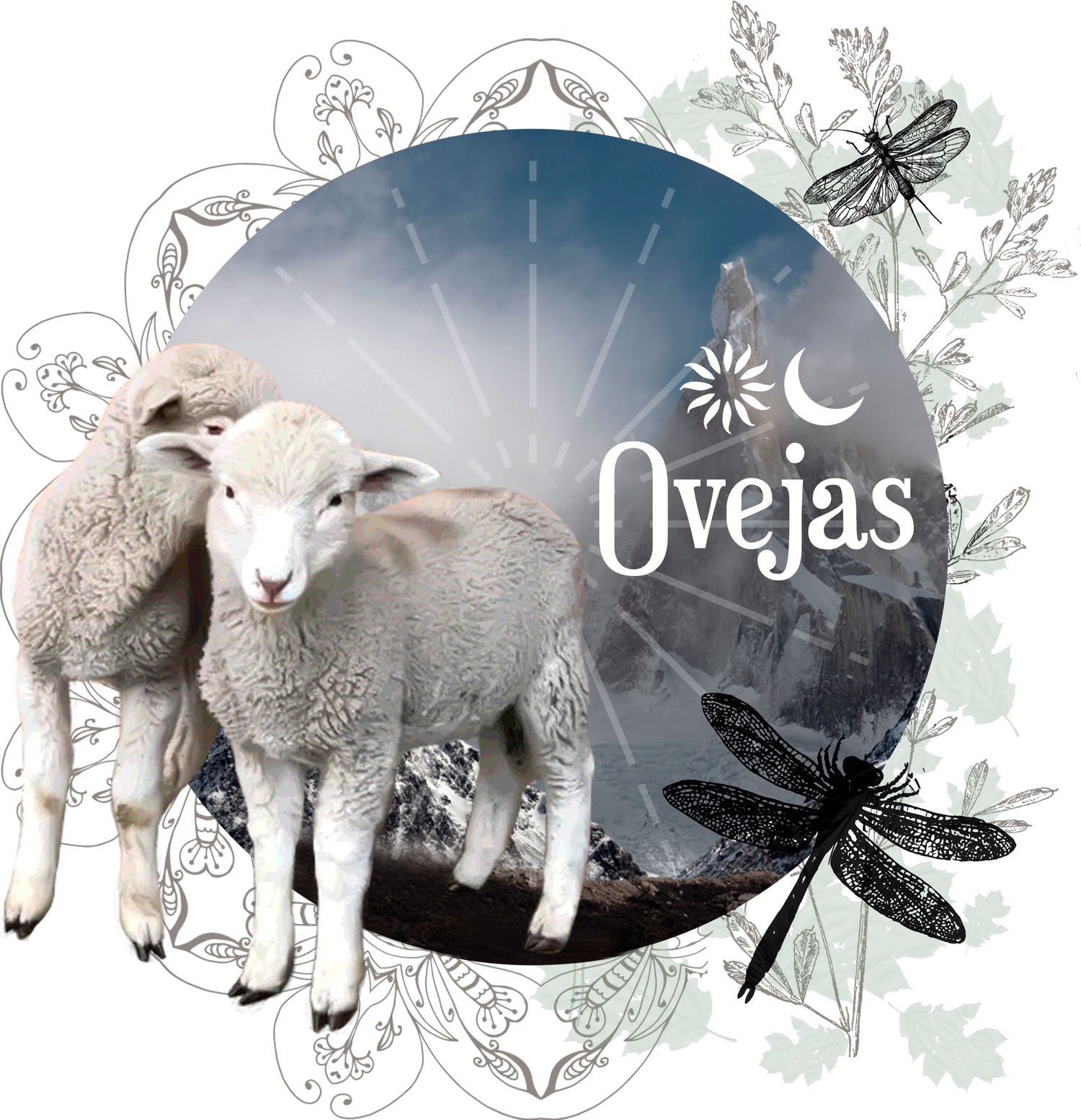
SHEEP
Currently, most of these animals are concentrated in Argentina, the United States, South Africa, New Zealand and Australia. The so-called Merino Sheep has highly valued characteristics, mainly due to its high thermal insulation capacity. Sheep wool tends to repel water, absorbing up to 30% of its weight in water and keeping the skin dry thanks to its great ability to transfer perspiration vapor to the outside of the fabrics. It is an odorless and fire-resistant fiber.
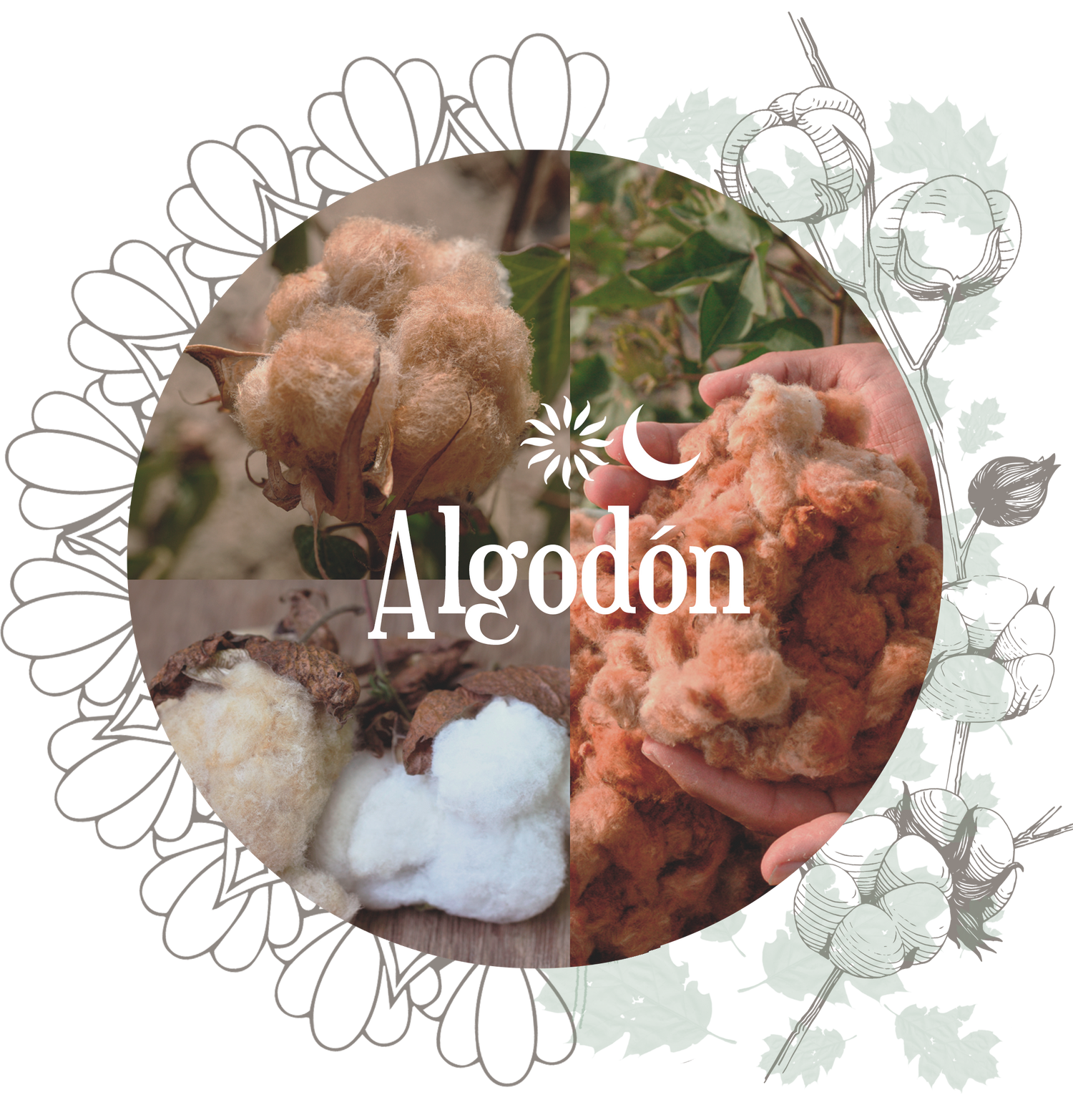
COTTON
Cotton fiber is composed of pure cellulose. Its great softness and air permeability make it very comfortable in hot climates and very easy to wash. Grown in nearly 80 countries, cotton is one of the most widely cultivated crops. Today, organic cotton is the most common sustainably sourced fabric and is pesticide-free. Native Peruvian cotton produces fibers of extraordinary natural colors, with variations including wine red, light and dark brown, reddish brown, light and dark lilac, beige, yellow, cream, and white, just to name a few. This production was generated from the recovery of ancient seeds and represents only 5% of global cotton production.
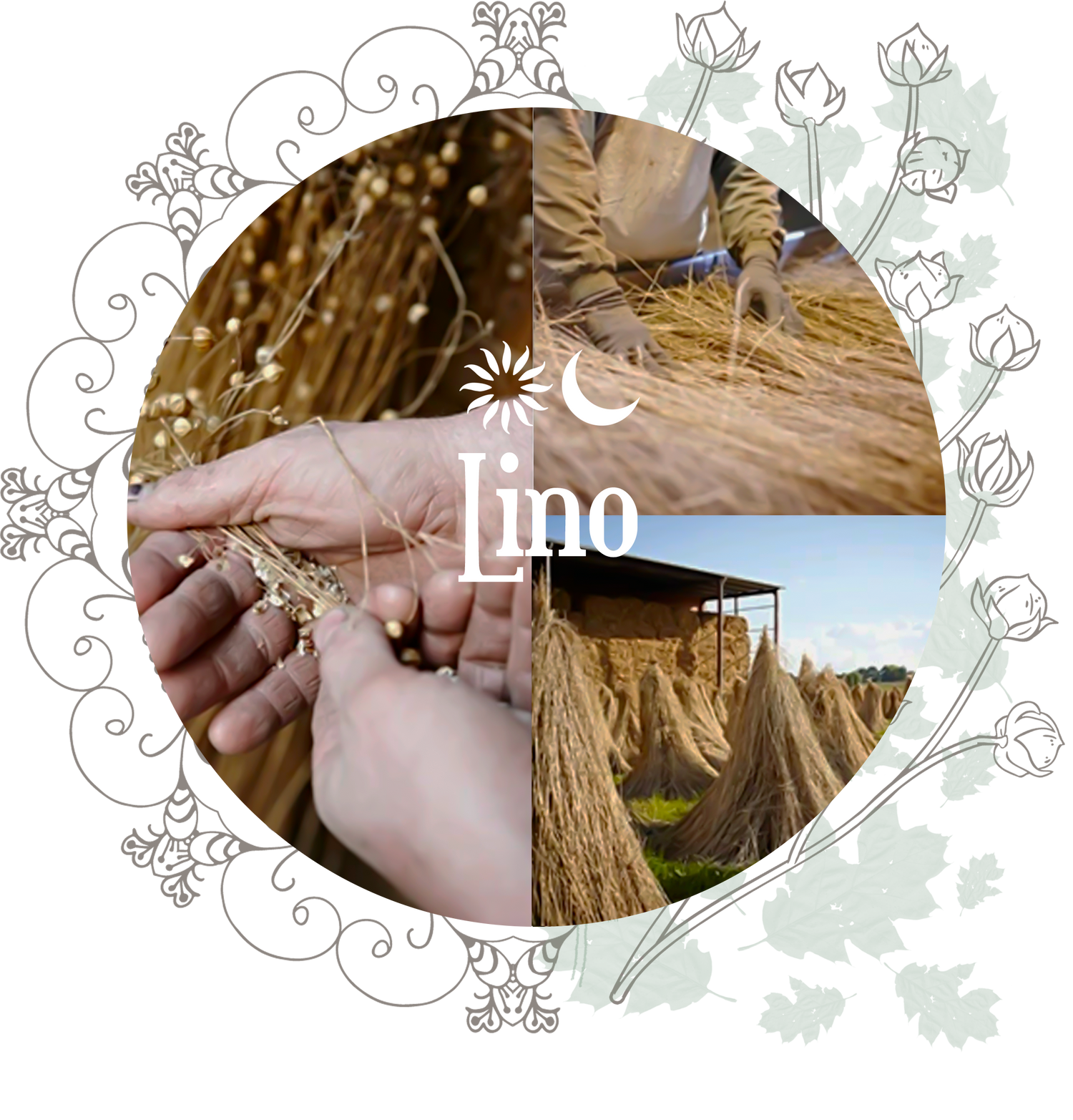
LINEN
It is the fiber of the flax plant and the first plant fiber that was accepted in the textile industry. Linen, like cotton, is mainly composed of cellulose. It is capable of absorbing up to 20% of its weight in water, without feeling wet to the touch. The breaking resistance is almost double that of cotton and in first class fibers it is even higher. The characteristic freshness of linen fabrics is easily explained considering that this fiber is a good conductor of heat. This circumstance makes linen especially suitable for hot climates.
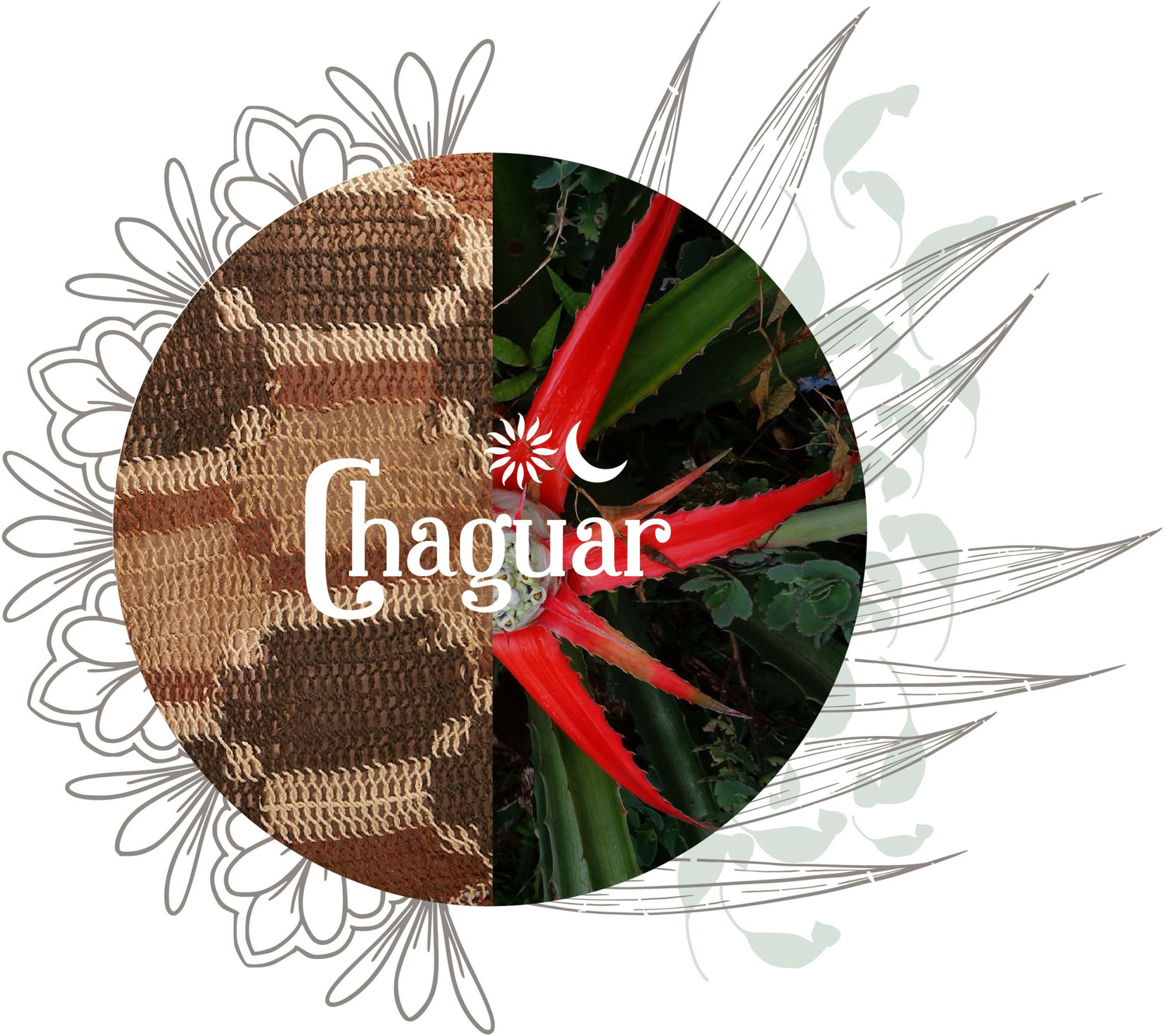
CHAGUAR
Chaguar, or caraguata, is a plant fiber used ancestrally by the inhabitants of northern Argentina. Botanically, it belongs to the Bromeliaceae family. It has various uses: food, decorative, medicinal, etc. Chaguar work is a purely feminine activity performed by Wichi women. The fibers are separated, their leaves are soaked for a day, and they are manually peeled one by one; they are then beaten and scraped to clean them. Spinning is done by rolling the palm of the hand over bundles of fibers placed on the thigh, twisting and twisting them. Wichi women, knowledgeable about what the forest can offer, extract roots, fruits, bark, and leaves from the forest, which, through boiling, will yield the colors for the threads they will later weave.
